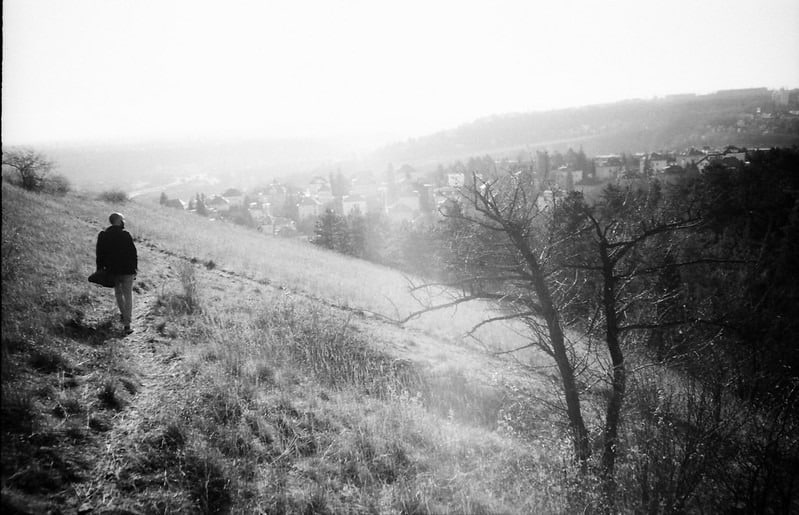What is the Sabbath?
The Sabbath is a day of rest. Most people think of it as a day not to work (Exodus 34:21). This is why so many people question Jewish people today that walk on Saturday to a synagogue, as that requires more work than driving. However, it is not about the work effort but the creating of a fire that prevents them from using a car (Exodus 35:3). The issue of the Sabbath is one between dependence on God versus dependence on self. This is the change from Biblical Judaism and Rabbinical Judaism, between grace and legalism.
The Sabbath was one day a week, one year in seven, and festival days, where people were not to be working to make money, but to set it aside to worship God. For a person that can work seven days a week, making money each day that they work, to not work one day was to depend upon God for the increase. This is the same as the Sabbath year. It was an act of dependence that God would provide while they let the land rest. The focus was on depending on God for daily needs. It seems clear that God did not want servants to in place of the Jewish person as a workaround (Exodus 20:10; Deuteronomy 12:14). Breaking the Sabbath day rest from work carried the death penalty (Exodus 31:14-15; 35:2; Numbers 15:32-36).
Sabbath Day’s Walk
Rabbinical Judaism changed that into a set of rules. The Sabbath becomes a legalism to determine genuine status as a member of the nation of Israel. The Sabbath was set up with a long list of rules to be followed, yet with ways around the rules, loopholes. For example, there is something known as a “Sabbath Day’s Walk”, which is about 2,000 cubits (~3,000 feet) or 0.6 miles (Exodus 16:29; Numbers 35:5; Joshua 3:4) (https://www.halachipedia.com/index.php?title=Techum). The Talmud contains 24 chapters just on the laws for the Sabbath.
In the first century, if someone needed to walk beyond a Sabbath day’s walk on the Sabbath, they would leave a piece of bread at someone’s house further along the path before the Sabbath day. Then on the Sabbath they could walk to that house and eat the bread they left, making that home for them and extending the walking from that house to their next destination (Exodus 16:29; Numbers 35:5; Joshua 3:4) (https://en.wikipedia.org/wiki/Eruv_techumin).
Today we can read “According to halachah, unless there is more than 70 2/3 cubits between one house and the next, all contiguous housing is considered to be part of the same city. Therefore at times it would be permitted to walk even from one city to the next, as long as the whole way is populated. This can be complex, and a rabbi should be consulted before planning a long trek on Shabbat.” (https://www.chabad.org/library/article_cdo/aid/484235/jewish/How-far-am-I-allowed-to-walk-on-Shabbat.htm). There are several ways to determine the length of a Sabbath day’s walk (https://www.halachipedia.com/index.php?title=Techum). Some of there methods of extending a Sabbath day’s walk is the use of the Eruv, which is an enclosure set up around a town/city to declare the whole town/city as a single property (as long as the individual properties are close enough together, each home within 70 cubits) thus anywhere within that border is considered within a Sabbath day’s walk (https://en.wikipedia.org/wiki/Eruv).







0 Comments